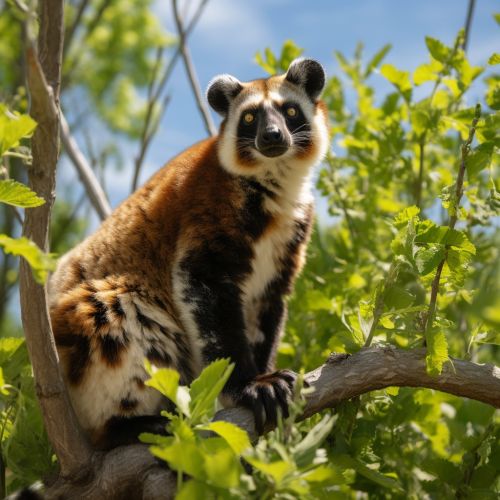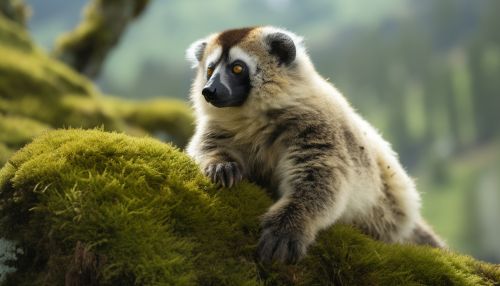Prosimian
Introduction
Prosimians are a group of primates that includes all living and extinct strepsirrhines and haplorhines that are not anthropoids. In other words, prosimians are all primates that are neither monkeys nor apes. This group includes the lemurs, lorises, and tarsiers. Prosimians are typically smaller than monkeys and apes, and they have a more primitive brain structure.


Etymology and Classification
The term "prosimian" is derived from the Greek for "before monkeys". This reflects the belief, prevalent when the term was coined, that prosimians were a more primitive, ancestral form of primate. However, this is not entirely accurate, as prosimians are not direct ancestors of monkeys and apes, but rather a separate branch of the primate family tree.
Prosimians are divided into two main suborders: the Strepsirrhini, which includes lemurs and lorises, and the Haplorhini, which includes tarsiers. The Strepsirrhini are characterized by their wet noses and a split upper lip, while the Haplorhini have dry noses and a fused upper lip.
Physical Characteristics
Prosimians have a number of physical characteristics that distinguish them from other primates. These include a more elongated snout, a greater reliance on the sense of smell, and a different tooth structure. Prosimians also have a grooming claw on the second toe of their hind feet, which is not found in other primates.
Behavior and Ecology
Prosimians exhibit a wide range of behaviors and ecological adaptations. Many prosimians are arboreal, spending most of their time in trees. Some species are solitary, while others live in small groups. Prosimians have a variety of diets, including fruit, leaves, insects, and small animals.
Conservation Status
Many species of prosimians are threatened or endangered due to habitat loss, hunting, and the pet trade. Conservation efforts for prosimians include habitat protection, captive breeding programs, and public education about the importance of these animals to their ecosystems.
